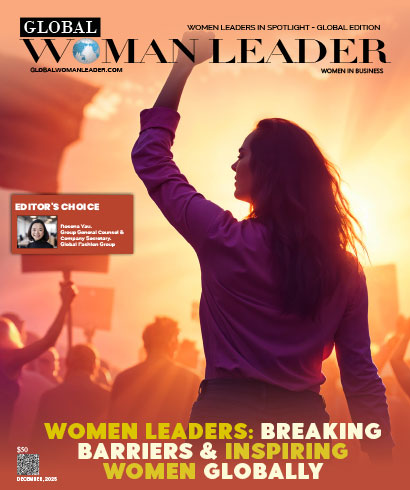The recent findings of the longest running research study on gender representation in the media suggest that women’s presence in topics and sources discussed in global media remains extremely low, seeing only a nine-point rise in three decades. Here’s an in-depth analysis of the report’s findings.
The media is a powerful tool. Its wide expanse has the power to create narratives and influence public perception. The media also determines whose voices are heard and who has to sit in the wings. News organizations are still among the strongest determiners of visibility, identifying whose lives and experiences count in public awareness.
One would expect that, as women form half of the world’s population, their presence in global news would be just as much. However, the reality is far from that. Women’s representation in global news has constantly been relegated to the margins.
There is statistical evidence to back this claim. A recent study released its findings, that women have been grossly underrepresented in news reports since decades and not much has changed. This raises pressing concerns regarding fairness, accountability as well as the role of journalism in promoting a more equitable world.
These finding were of the most recent edition of the Global Media Monitoring Project (GMMP), released by WACC and funded by UN Women's ACT to End Violence against Women programme. It is the largest and longest research study on gender representation in the media.
The report’s 2025 findings provide both a grim reality check and a compelling call to action.
Detailed look at the Persistent Gender Gap in Media
Figures from the report state that women form only 26 percent of news sources and topics. The percentage has remained almost the same in 15 years, increasing by nine points in three decades.
The ramifications extend far beyond numbers. For girls and young women, invisibility keeps role models out and limits the sense of belonging where knowledge and leadership must be visible.
The report also highlights an even more disturbing gap i.e., gender violence, a condition that strikes half of humankind, barely hits the headlines. Fewer than two out of every 100 stories report this widespread reality. Worse still, only two per cent of stories actively counter-stereotype positively, evidence of the media's role in reinforcing, rather than dismantling, entrenched prejudices.
“Media reflects reality – and is essential for democracy and a fair and equal world for all women and girls. But when women are missing, democracy is incomplete,” affirmed Kirsi Madi, UN Women Deputy Executive Director. Her statement encapsulates the urgency of redefining the prism through which stories are being framed.
Diversity in Newsrooms, Imbalance in Narratives
Despite the bleak picture, the data finds small but tangible improvements. Women now make up 41 per cent of reporters in traditional news reports, up from just 28 per cent in 1995.
This matters because research has established that women journalists' accounts are consistently more likely to have women as subjects with 29 per cent compared to 24 per cent in men's reporting. The increase in women reporters indicates how diversity in the newsroom can affect coverage and begin to counterbalance perspectives.
But yet, progress is precarious. While greater numbers of women are speaking out, their voices as leaders in stories remain small. Women are quoted more as eyewitnesses or personal testimony than as experts in fields, even though they are qualified. This structural imbalance sustains the residue view of expertise as male, limiting the full range of authority spoken through media.
“The GMMP is a global accountability tool,” noted Sarah Macharia, GMMP Expert Group Convenor. “Thirty years of data reveal both the persistence of deep-rooted stereotypes and the need to radically change our strategies toward a more inclusive, representative journalism.”
Final Push for Equality
The 2025 report is at a pivotal world moment when the world starts its final five years of the Sustainable Development Goals and marks Beijing+30 in the 80th UN General Assembly.
The warning is clear i.e., progress is in reverse, backlash is real and accountability cannot be delayed. Equality's destiny lies not only with governments and institutions but also with editors, platforms and policymakers deciding what stories are worth telling and whose voices are heard.
“Women and girls deserve to see themselves represented in media and to have their stories told. The responsibility now lies with governments, editors, platforms and policymakers to make this equality real,” emphasized Kirsi Madi. “We will not back down until women’s voices are heard in every newsroom and every story.”
🍪 Do you like Cookies?
We use cookies to ensure you get the best experience on our website. Read more...
Copyright © All rights reserved. Global Woman Leader

.png)
